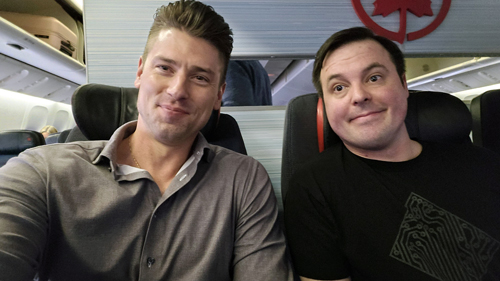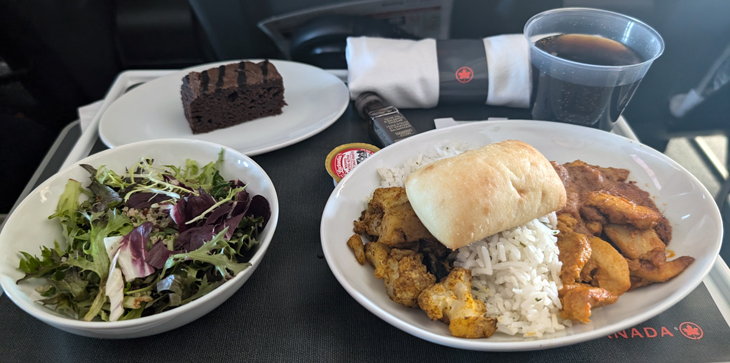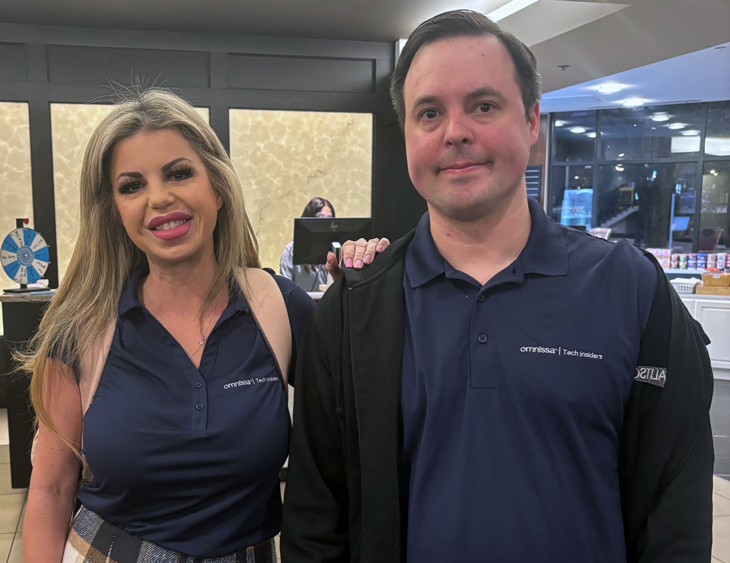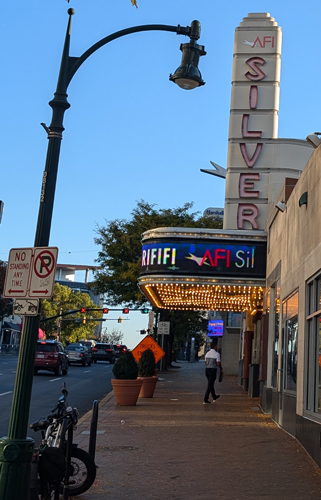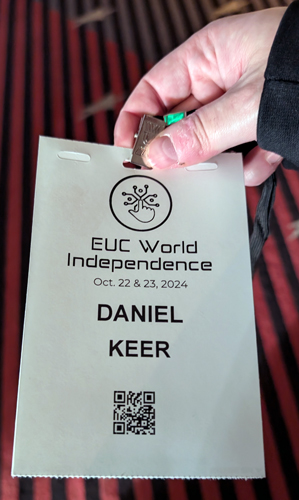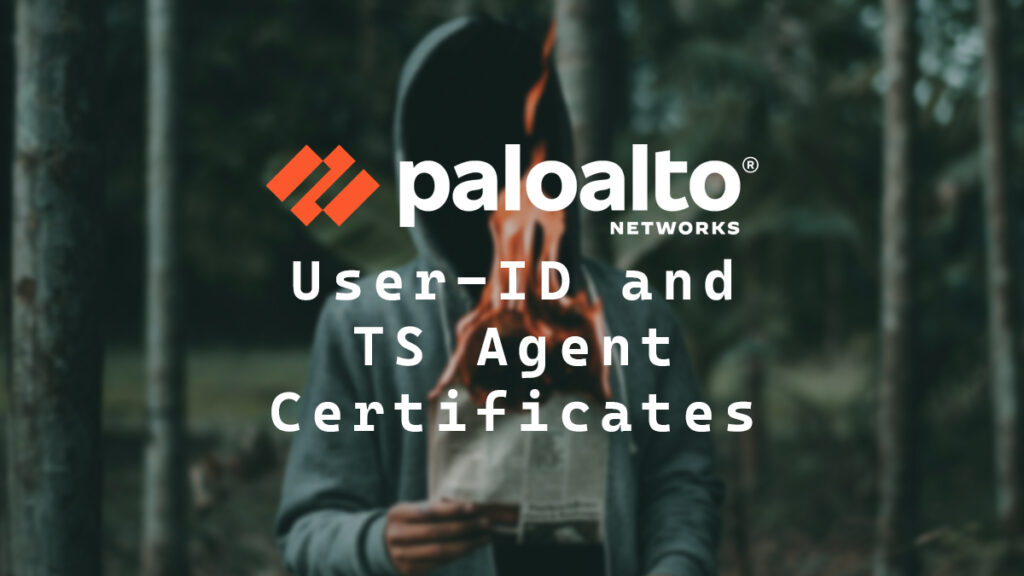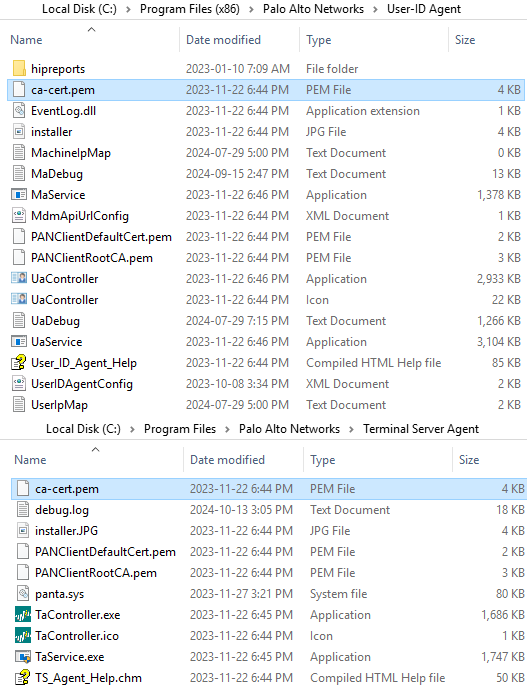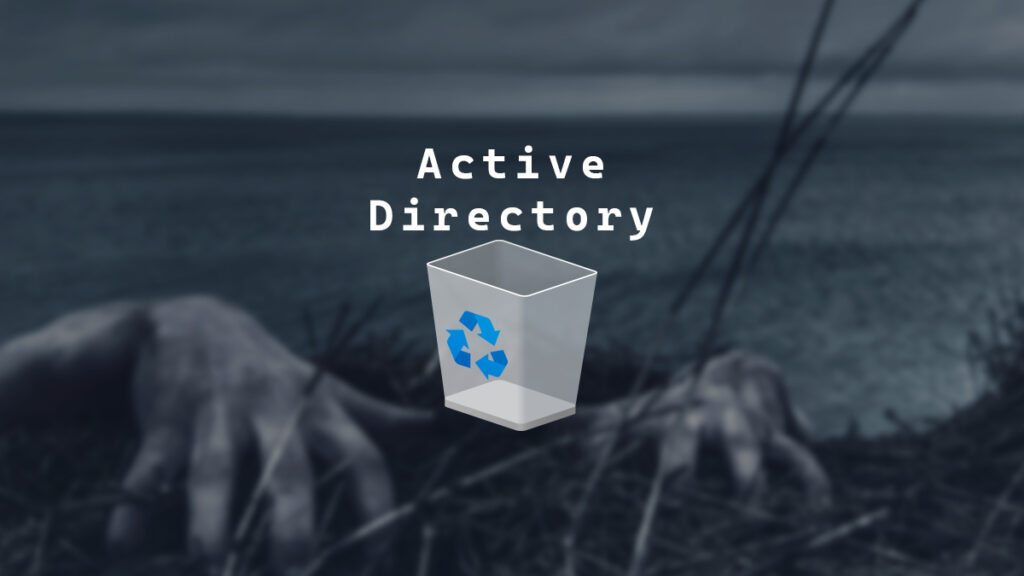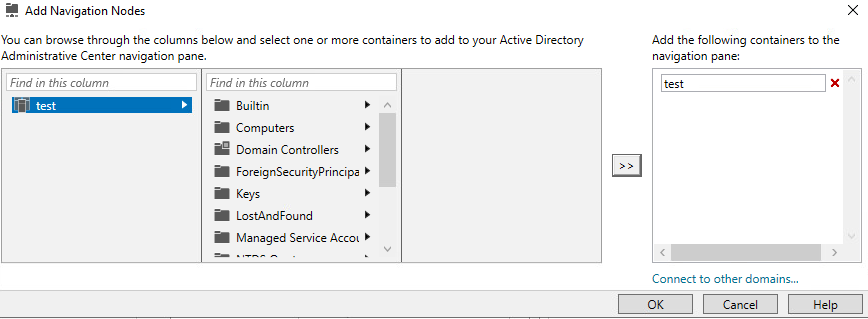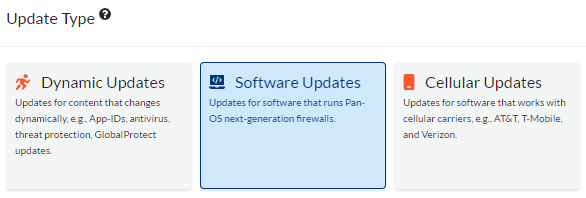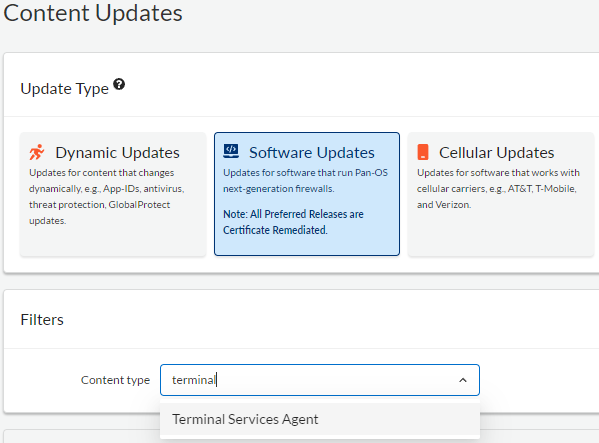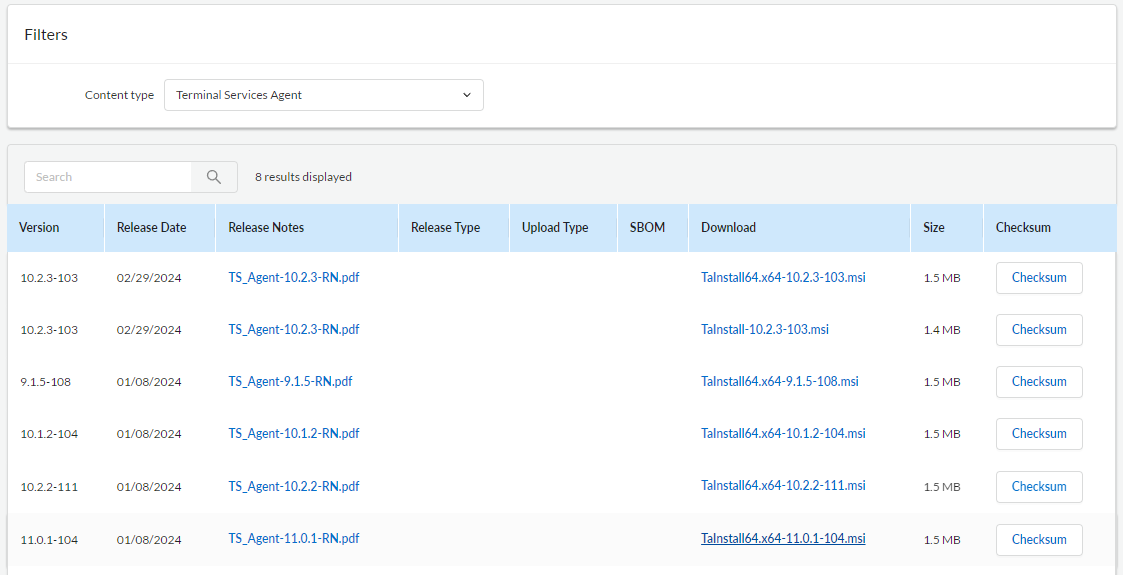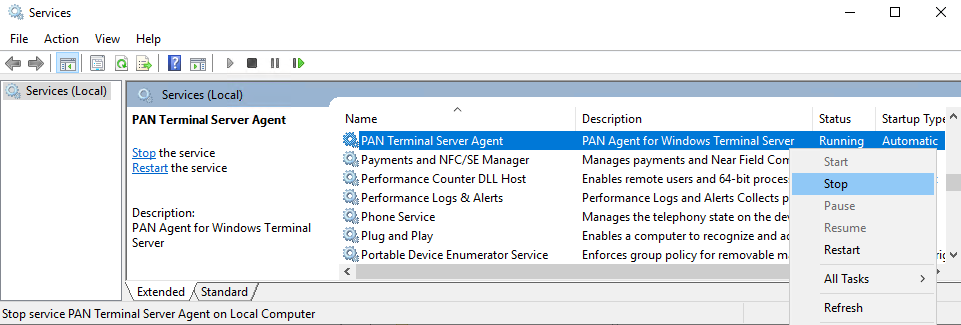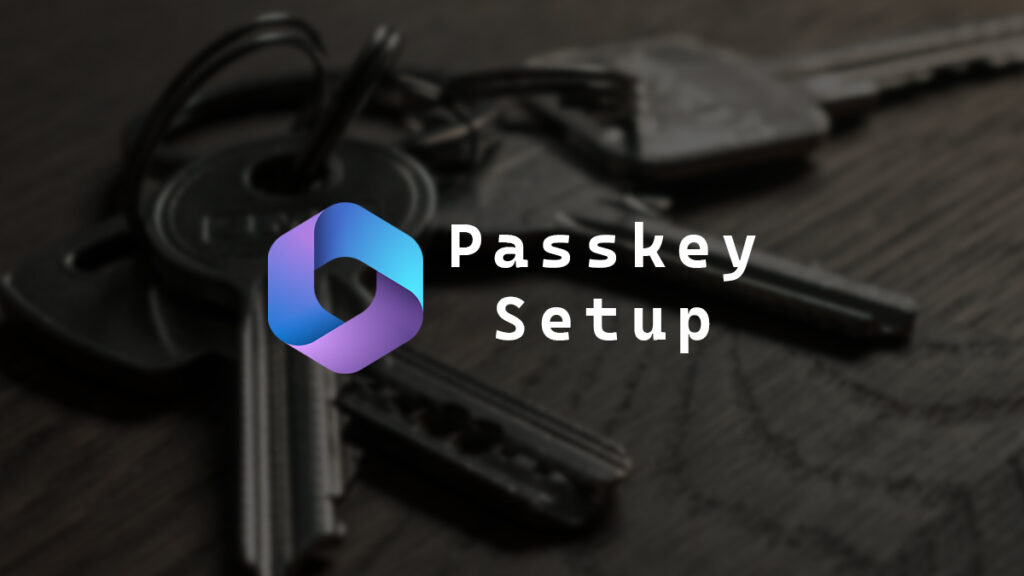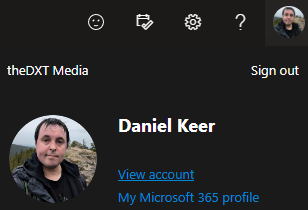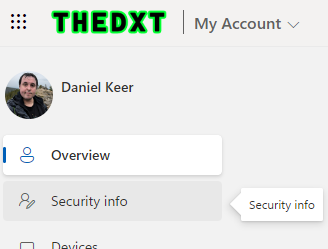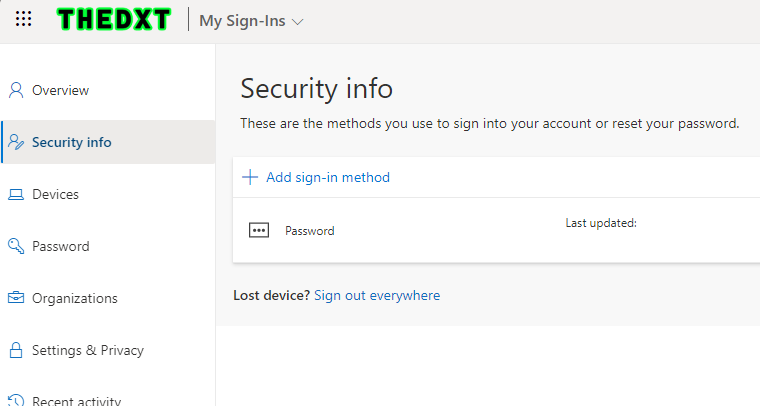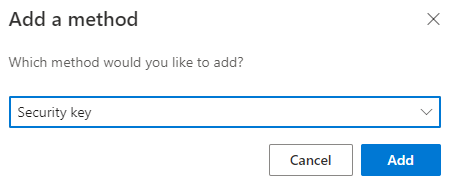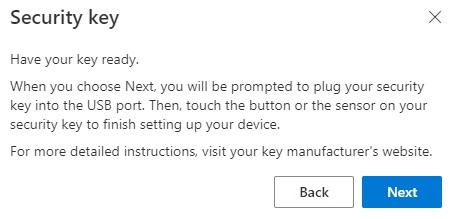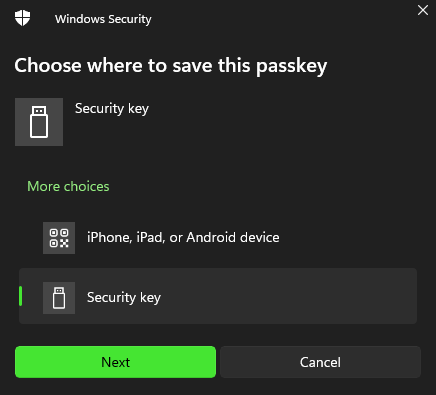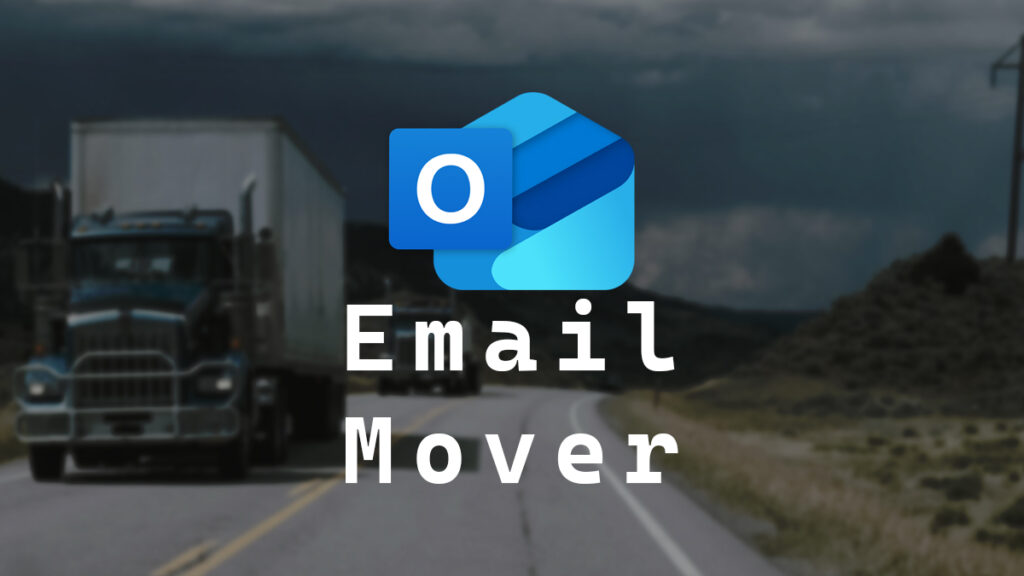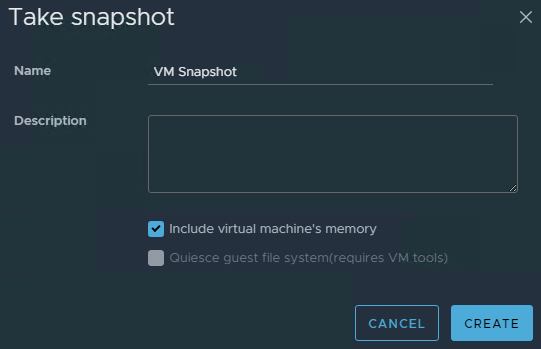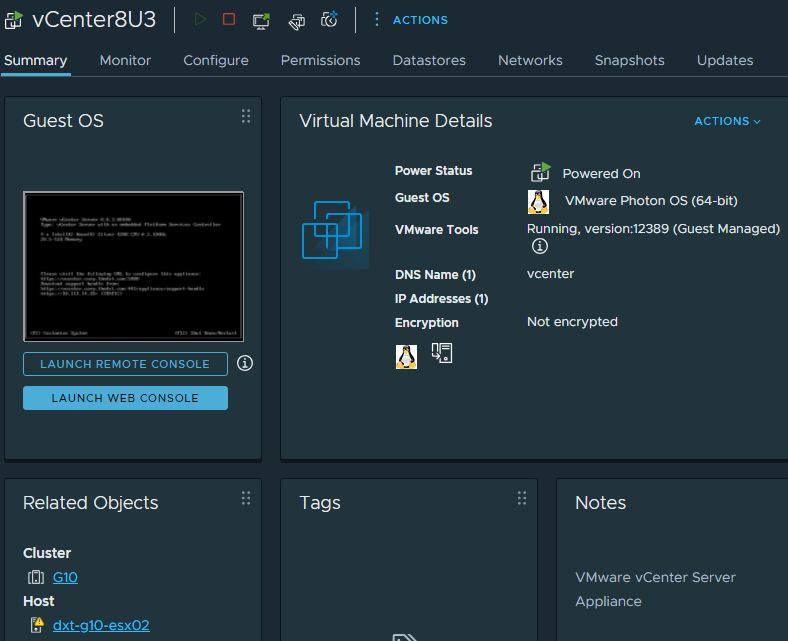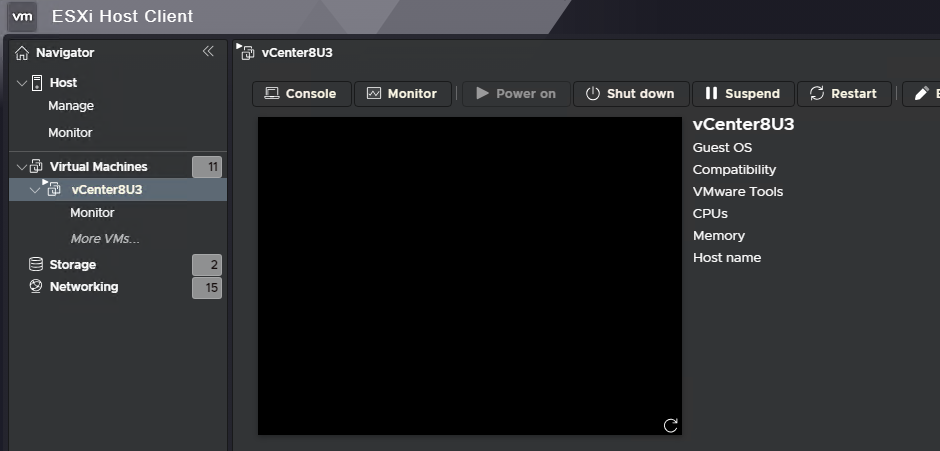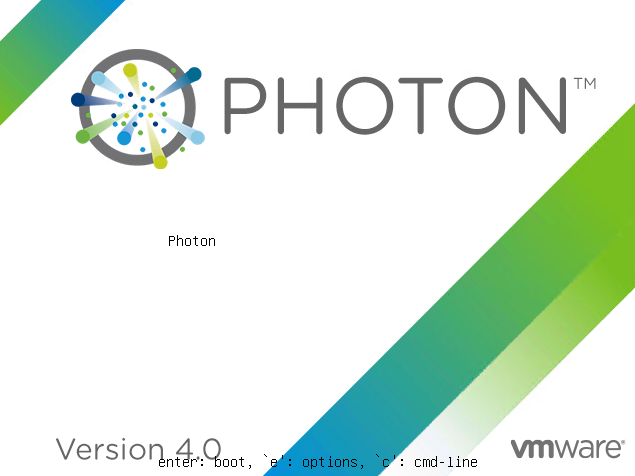EUC World Independence is a two-day EUC (End User Computing) conference from October 22nd to October 23rd in Silver Spring, Maryland, USA. This was the world premier of the EUC World conference, and I was able to attend it.
World of EUC hosted EUC World Independence. If you haven’t heard of World of EUC, it is an independent organization that was formed to bridge the gap between all the vendors and technology and community programs in the EUC space. They aim to be a one-stop shop to connect everything and remain independent from all vendors, as there are a lot of vendors in the EUC space.
In this post, I will detail my experience at EUC World 2024.
Getting to Silver Spring
Getting to Silver Spring, Maryland, USA, is a bit challenging when travelling from Calgary, Alberta, Canada. The original plan was a flight from Calgary to Montreal, Quebec, Canada and then a 90-minute layover to a connecting flight from Montreal to Washington, DC, USA.
The morning began with a notification from the airline saying that the flight from Calgary to Montreal was delayed by 2 hours. This presented a problem as the connection flight would be missed, I wouldn’t get to the event until the next day, and I would miss a large chunk of the first day of the event.
Fortunately, I was travelling with my friend Stephen Wagner (who also has a blog), an expert at dealing with airline chaos. He got the airline to transfer things around, and now we’d be flying from Calgary to Toronto, Ontario, Canada, then Toronto to Washington.
On the flight, I got free food. I had never eaten on a plane before, and it was pretty good. I wonder why comedians always make fun of airplane food. I ordered the butter chicken option.
By the time we reached the hotel, it was 11:30 pm Maryland time.
Day 1
The first day of the conference started with complimentary breakfast, registration, and then the EUC World conference started.
On my way to the event, I ran into Holly Lehman, one of the people who runs the Omnissa Tech Insider program that I am a part of.
The first day of EUC World took place at the AFI Silver Theatre.
I got registered and picked up my badge.
It was neat that the day one took place at a theatre. I thought a theatre was an odd place to host a conference, but when you think about it, it makes sense as every room has many seats and projectors. The only thing you need to bring is the presentation. I suspect that helps simplify a lot.
…
